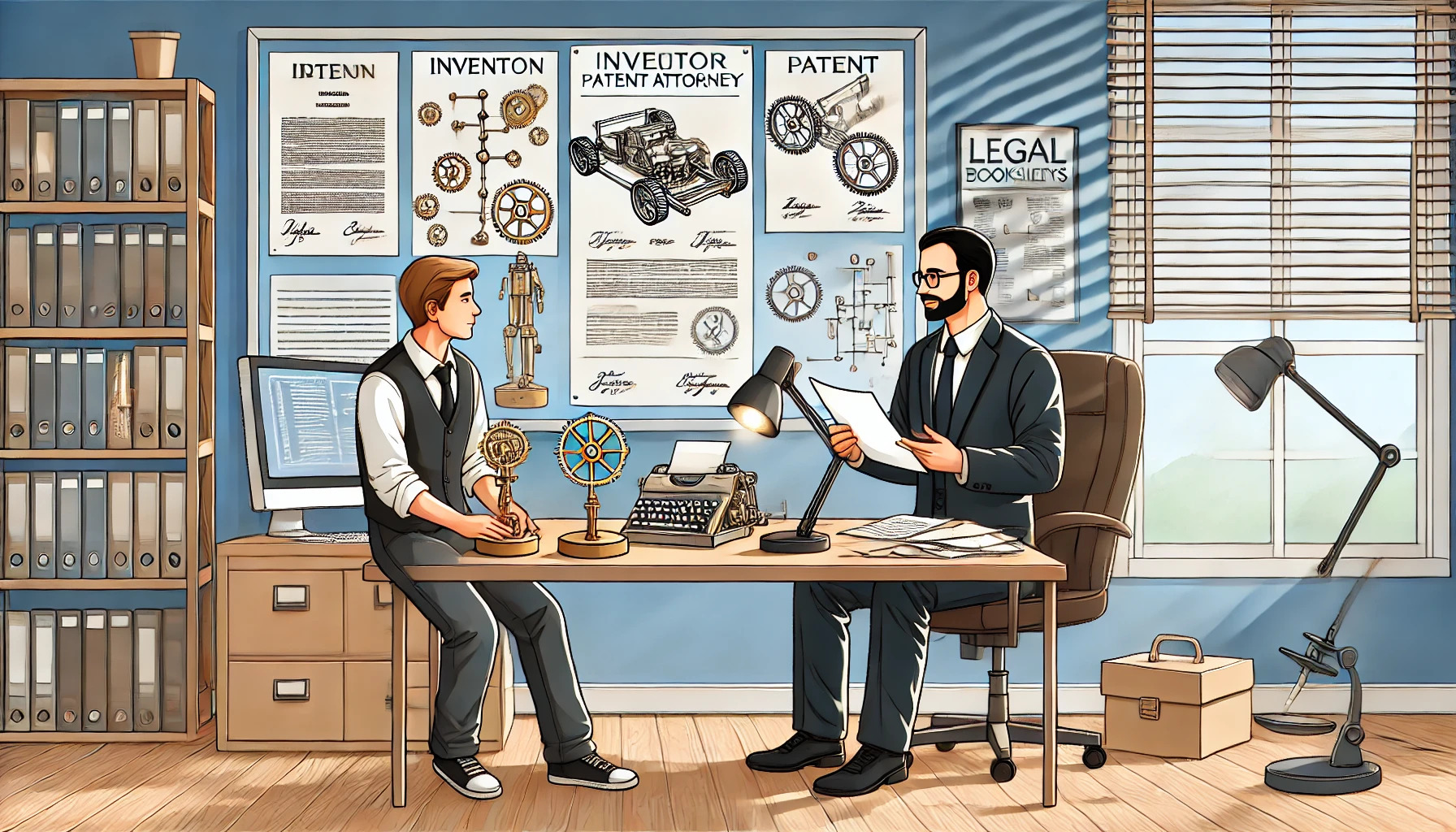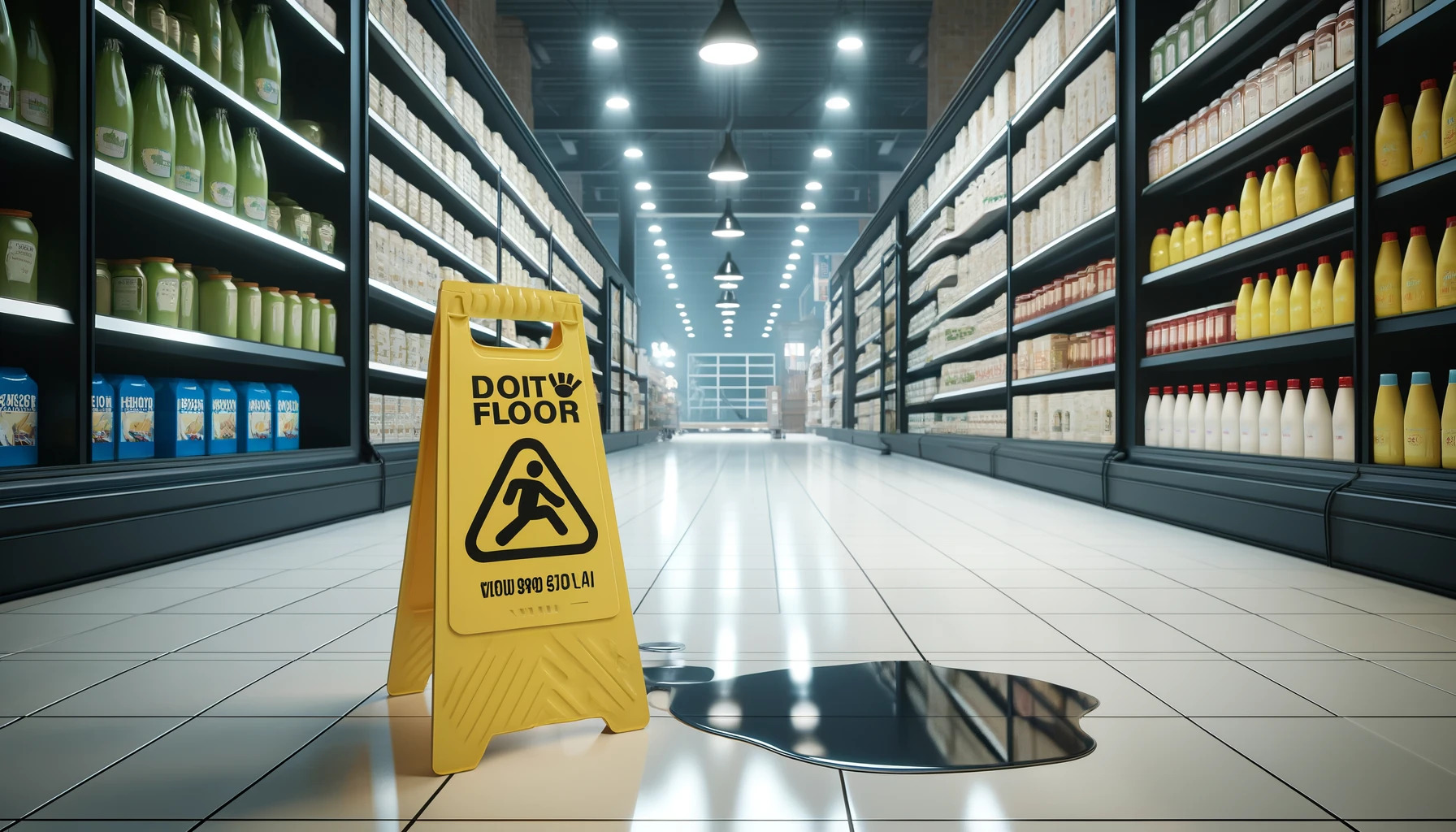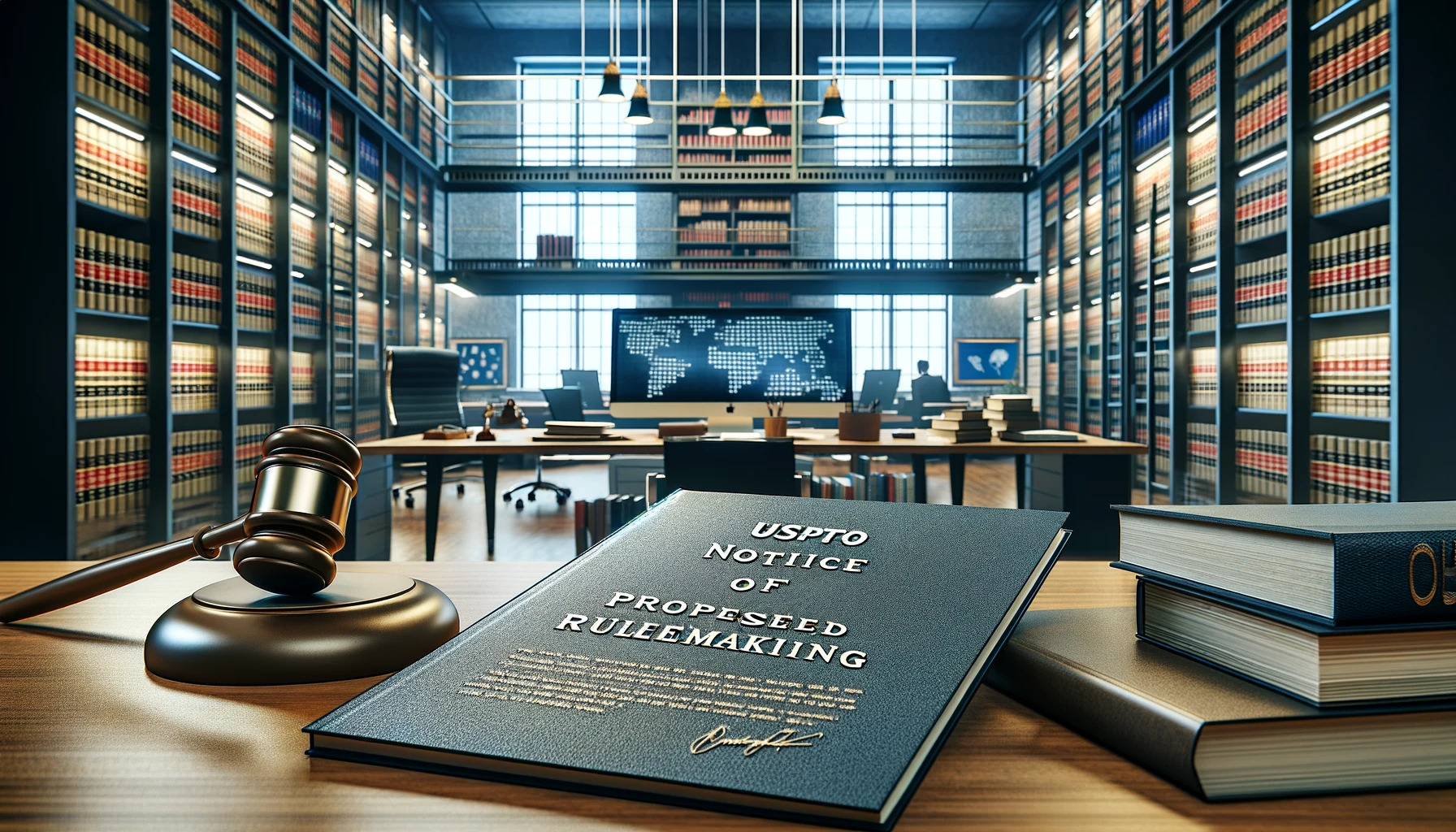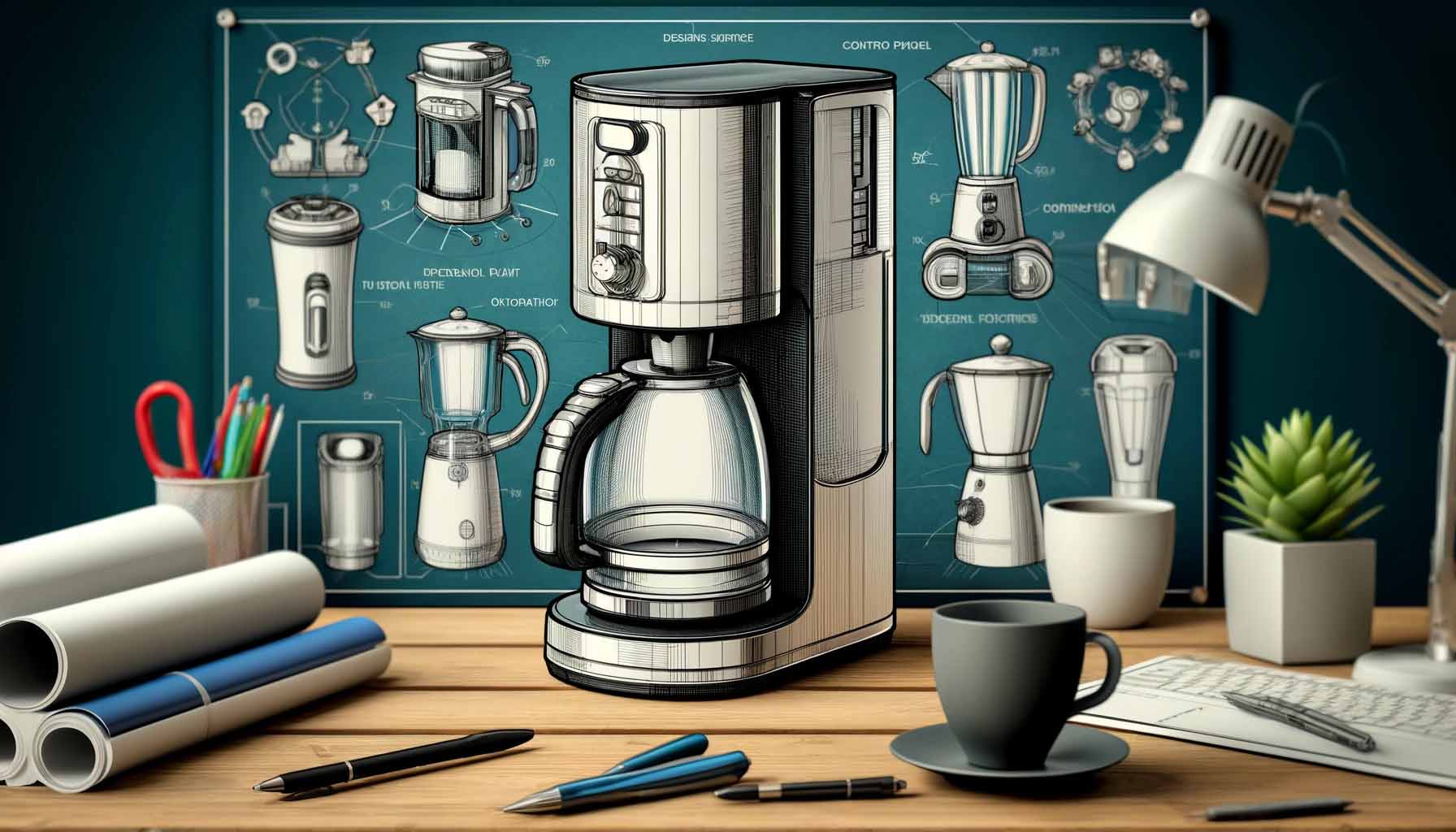Understanding the Value of Patent Attorneys
How Are Patent Attorneys Unique? Patent Attorneys are not your ordinary attorney. Patent attorneys can practice in most of the other areas of law, but not every attorney can practice patent law. In order to practice patent law, patent attorneys must have a degree in engineering or science. This makes patent attorneys very unique but also very qualified to help protect technology. Typically, patent attorneys with engineering degrees draft patents for mechanical and electrical devices and methods, whereas patent attorneys with science degrees draft pharmaceutical based patents, such as new medicines or other compositions of matter. In addition to taking at least one state bar, patent attorneys take the patent bar. The patent bar is difficult having a historical passage rate of approximately 48%. Think about it this way: less than half of the people that have studied for the patent bar will actually pass. This low passage rate speaks to the difficulty of the patent law. It also highlights why hiring a knowledgeable patent attorney is so vital. Why Hire a Patent Attorney? If it is worth patenting, then it is worth spending the money to hire an attorney. If your goal is to seek a license, most businesses will take your invention more seriously when you hire a patent attorney, at least because the businesses know that the patent they are paying a license for was drafted properly. When inventors file their own applications, the applications are littered with errors. Many of these errors would invalidate the patent should it ever be enforced in litigation. What do Patent Attorneys Do? Perform Patent Searches Provide patentability opinions Prepare nondisclosure agreements Prepare and record patent assignments Draft and file patents before the USPTO Enforce patent [...]






